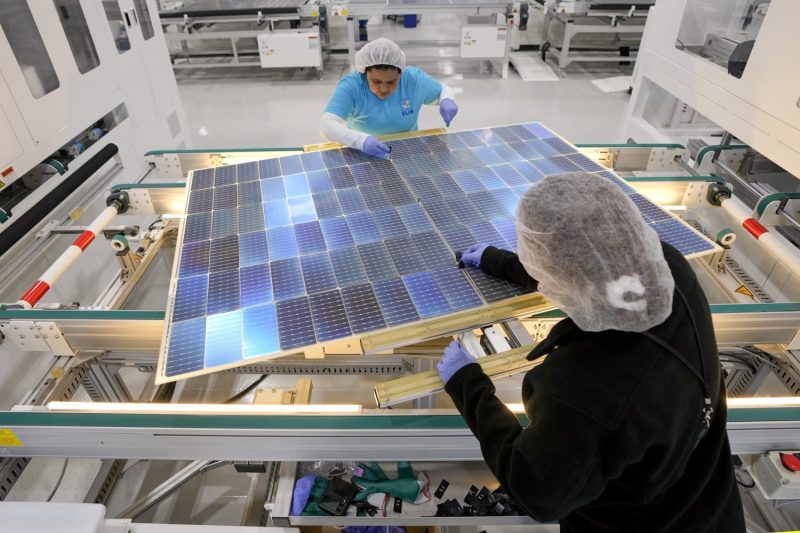
Mind the Shift: Skilled Labor on the Rise as White-Collar Hiring Slows in the U.S.
The changing landscape of the U.S. labor market is indicative of a broader shift towards skilled labor, highlighted by a slowdown in white-collar hiring. As industries evolve and technology plays a more significant role in the workplace, the demand for highly skilled workers continues to rise. This shift is reshaping traditional employment patterns and requires a strategic approach from both job seekers and employers to adapt to these changes.
One of the key drivers of the shift towards skilled labor is the increasing automation of routine tasks in many industries. As technology advances, certain jobs that were once performed by humans are now being automated, leading to a reduced demand for low-skilled workers. In contrast, jobs that require complex problem-solving, critical thinking, and creativity are becoming more valuable in the labor market. Employers are looking for employees who can adapt to rapidly changing environments, think critically, and innovate.
This shift towards skilled labor is also driven by the changing needs of businesses in a globalized economy. With competition becoming more intense in the marketplace, companies are seeking employees who can help them stay ahead of the curve. Businesses require workers with specialized skills and expertise to drive innovation, streamline operations, and enhance productivity. As a result, the demand for workers with technical skills, such as coding, data analysis, and digital marketing, is on the rise.
Furthermore, the COVID-19 pandemic has accelerated the trend towards remote work, further emphasizing the need for skilled labor. With more companies adopting a remote or hybrid work model, employees must possess strong communication, digital literacy, and self-management skills to succeed in this new work environment. Employers are looking for candidates who can work efficiently without direct supervision, collaborate with team members virtually, and adapt to the challenges of remote work.
For job seekers, this shift towards skilled labor means that investing in education and training is crucial to remain competitive in the job market. Pursuing continued education, acquiring new skills, and staying updated on industry trends are essential for enhancing employability and career advancement. Job seekers should focus on developing skills that are in high demand, such as technology skills, problem-solving abilities, and interpersonal skills, to increase their market value.
Employers also play a crucial role in adapting to the shift towards skilled labor. Companies need to invest in training and development programs to upskill their existing workforce and attract top talent. By nurturing a culture of learning and professional growth, employers can ensure that their employees remain competitive in a rapidly changing labor market. Additionally, embracing diversity and inclusivity in hiring practices can help companies access a broader talent pool and benefit from a diverse range of perspectives and ideas.
In conclusion, the shift towards skilled labor in the U.S. labor market reflects the changing nature of work in a technology-driven economy. As industries evolve and automation reshapes traditional job roles, the demand for workers with specialized skills and expertise is increasing. Job seekers must adapt by investing in education and upskilling, while employers should focus on training and development to retain and attract top talent. By embracing this shift towards skilled labor, both job seekers and employers can thrive in an ever-evolving labor market.
